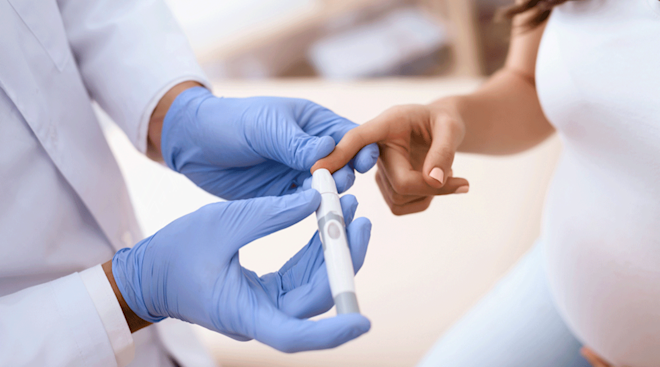Simple Blood Test Could Identify Those at Risk of Preeclampsia
Preeclampsia is a growing part of today’s maternal health care crisis. The condition affects between 3-8 percent of pregnancies worldwide, and complications from it are currently the second-leading cause of maternal deaths worldwide. Caused by high maternal blood pressure and restricted blood flow from the mother to the fetus, healthcare professionals manage symptoms through diet and movement changes, monitoring blood pressure and sometimes early delivery of the baby. But these treatments for many mothers come too late.
But there’s hope on the horizon. Scientists at the University of Virginia have successfully pinpointed a new lipid “signature” that can identify pregnant women at risk of preeclampsia before complications arise—potentially saving thousands of lives.
The search for a preeclampsia screening done via simple blood test has been something clinicians have long been looking for, researchers say. While changes in lipid levels have been known to occur in preeclampsia cases, the UVA study is the first to present a distinctive profile of biomarkers or “signature” that doctors may be able to look for to definitively decide if someone is at risk and may need preventative treatment.
Preventative treatment, from simply starting a regular aspirin regime to a change in diet and scheduling more prenatal or postnatal checkups, could mean a big difference in the health and survival of mom and baby.
While clinicians are not commonly looking for these biomarkers or using blood tests to identify preeclampsia yet, researchers are hopefully of the implications this study and biomarker testing has for the future.
“The application of our comprehensive lipid profiling method to routine obstetrical care could significantly reduce maternal and neonatal morbidity and mortality,” the study’s lead researcher Charles E. Chalfant, PhD, said in a press release. “It represents an example of how personalized medicine could address a significant public health challenge.”
Navigate forward to interact with the calendar and select a date. Press the question mark key to get the keyboard shortcuts for changing dates.





















































